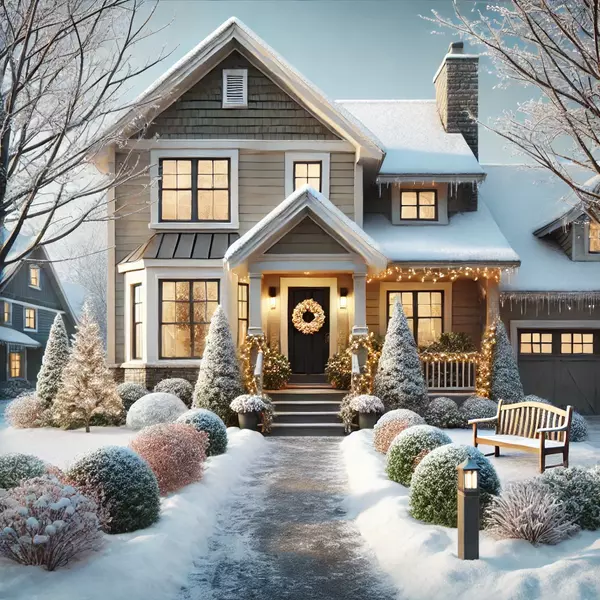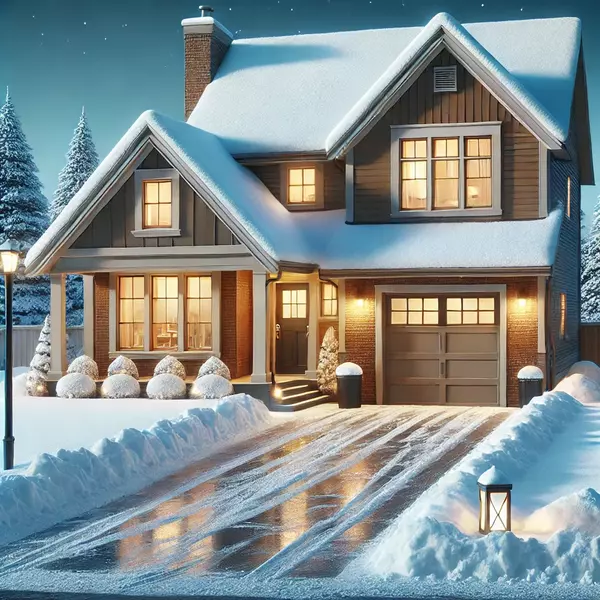
Buying and Selling During the School Year: Tips for Families
Navigating the real estate market during the school year can be challenging for families, but with the right strategies, it can be a smooth process. Here are some tips to help you buy or sell a home with minimal disruption to your children's education and routine. 1. Timing the Move to Minimize Disr

Family-Friendly Home Upgrades: Boost Your Home's Value Before Selling
Hey there, sellers! Dustin Dodge here, your trusted real estate advisor in the Twin Cities Metro Area and Western Wisconsin. If you're planning to sell your home and want to attract family buyers, making some strategic upgrades can significantly boost your home's value and appeal. Here are some fami

House Hacking: Innovative Ways to Afford Your Dream Home
Hey there, future homeowners! Dustin Dodge here, your go-to real estate advisor in the Twin Cities Metro Area and Western Wisconsin. Today, I want to talk about a creative strategy that's gaining popularity: house hacking. If you're dreaming of owning a home but worried about affordability, house ha
- 1
- ...
- 3
- 4
- 5
- 6
- 7
- ...
- 11
Categories
Recent Posts











